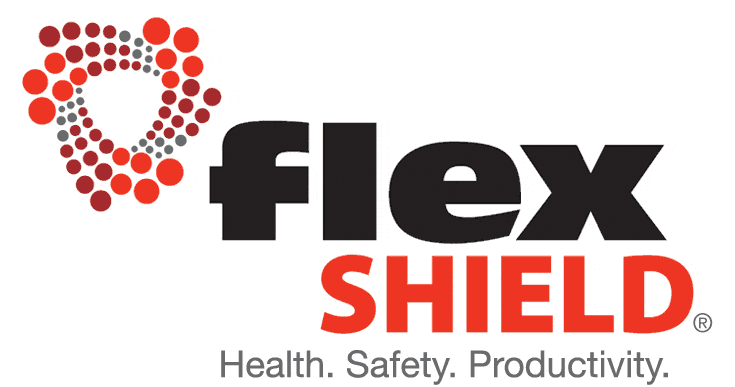Call 1300 799 969 | Contact Us


Home » Tips to Protect Hearing at Work
Each year, the 3rd of March marks the World Health Organisation’s (WHO’s) World Hearing Day. The event aims to raise awareness on how to prevent deafness and hearing loss, and promote ear and hearing care across the world.
World Hearing Day identifies noise control as one of the seven key interventions to prevent hearing loss. At Flexshield we believe that every day there should be a focus on preventing workers from suffering from hearing loss.
Poorly controlled workplace exposures and a lack of training provided to workers can result in noise-induced hearing loss (NIHL), the world’s fifth leading cause of disability-adjusted life years (DALYs) globally.
DALYS refers to the number of years of full health lost due to disability, and NIHL represents 8.16 million or 9.1 per cent of all DALYs.
Occupational noise exposure significantly contributes to hearing loss, and happens in almost all work settings to varying degrees. The severity is dependent on factors such as the frequency (Hz) of the noise, loudness (dB) and duration of exposure. This can be exacerbated outside of work, for example, by going to nightclubs or pursuing hobbies. Other contributing factors may include ageing, some illnesses and diseases, and some medications.
Even though NIHL means a permanent loss of hearing, it’s important to note that continued exposure will cause further deterioration.
Poorly educated managers have been heard to say they would put a worker with NIHL in the noise zone, as they have already lost their hearing. Yet this should not happen. Prevention of further hearing loss should be a priority.
Hearing loss is insidious, and it can take ten years before an individual identifies a problem and seeks help. Once diagnosed, it is essential that any further hearing loss is prevented to preserve hearing and quality of life and, by association, limit the person’s degree of disability.
Fortunately, exposure to excessive noise in the workplace can be controlled – and the incidence of NIHL reduced – through concerted efforts by both employers and workers.
The early warning signs of NIHL are subtle, yet they need to be acted upon sooner rather than later. These signs include ringing in the ears, an inability to hear soft sounds, muffling of speech and other sounds, trouble understanding conversation, the need to concentrate while listening, and the need to turn up the volume on devices. Speak to your occupational safety and health (OSH) professional if you are concerned.
Preventing hearing loss and future disability is dependent on the actions taken today – by both employers and workers. That is why both parties need to work to protect hearing and prevent hearing losses. Take care today so that you can hear tomorrow!
Engineered controls, from Sonic System acoustic enclosures to Sonic Acoustic curtain enclosures, are the best and most effective solution to reduce the impacts of NIHL. Silencing machines with an absorbent product will reduce the risk of hearing loss better than any Personal Protective Equipment (PPE) available on the market.
Flexshield has wide experience in creating solutions for industrial projects. We may recommend our Sonic Series acoustic louvres or Sonic Access acoustic doors to address the risk of NIHL in your workplace. The noise control options available are almost endless!
Talk to Flexshield about avoiding NIHL
For more information about how to protect yourself and your workers from NIHL, contact the Flexshield team today on 1300 799 969 or get in touch online.